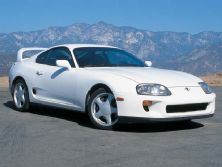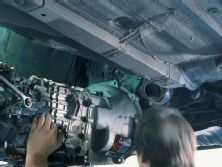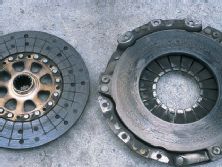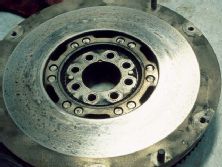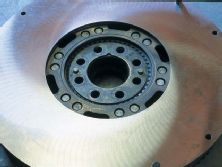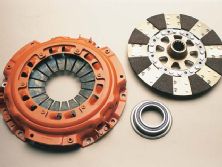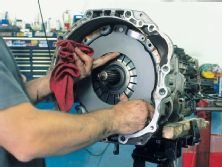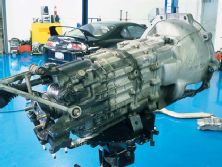It's obvious why Turbo is doing a project on the Toyota Supra. When the fourth-generation Supra was released in the United States more than a decade ago, the car was well ahead of its time. It has a rock-solid, sequentially twin-turbocharged engine pumping out a detuned 320 bhp, handling characteristics backed by enough grip to take on any road course configuration and enough braking power to rival the exotics.
We plan to develop an already great car into a much better performer on the street and road course. We want to make it a performer on the track without compromising streetability and only slight changes to its overall look.
Our Supra is a '95 twin-turbocharged six-speed, with an all-black interior and a bone-stock platform--very difficult to find. It's got 84K on the engine and is in superb condition inside and out. The paint is in great shape except for the rear bumper, which had been repainted off-white after a low-speed fender bender. We'll take care of that later.
The motor's compression is sound, varying only 7 psi between all six cylinders. The pistons are clean, with minimal carbon buildup that a quick flush with Chevron Techron took care of. And the car's petroleum-based oil was switched to Mobil1 15w50 synthetic.
What needed work were the clutch and tires. We corrected an alignment problem and got a new set of tires for testing. The stock clutch was so worn that it would slip at the slightest stabs of the throttle in all six gears. We acquired Centerforce's Dual Friction clutch system and took it to experienced Supra shop Under Pressure Fabrication and Distribution in Westminster, Calif. (www.UPFD.com)
UPFD technician Mike Calicchio made a quick adjustment to the clutch pedal for a slightly shorter travel. After several minutes of driving, the transmission improved and the feel was closer to normal. Increased pedal effort was also surprisingly minimal.
Centerforce requires a break-in period of easy stop-and-go driving for about 400 miles, which we abided by, but it wasn't until well over 800 miles after the install that it quit making chatter noises upon release of the clutch pedal. At least until it quieted down, we were still able to put some power down for the first time without the clutch slipping, proving just how strong a powerplant this bone-stock Supra was.
With 5000 to 7000 rpm as our primary powerband, we're contacting some companies to help us broaden that power curve, and, what the heck, raise it a few notches.
Now that we've got a properly running Supra, we can start this highly anticipated journey of blood, sweat, upgrades and testing. Since reliability is a primary concern, we won't try to break any records, but you can be sure Project Supra will be a project to remember. Stay tuned.

